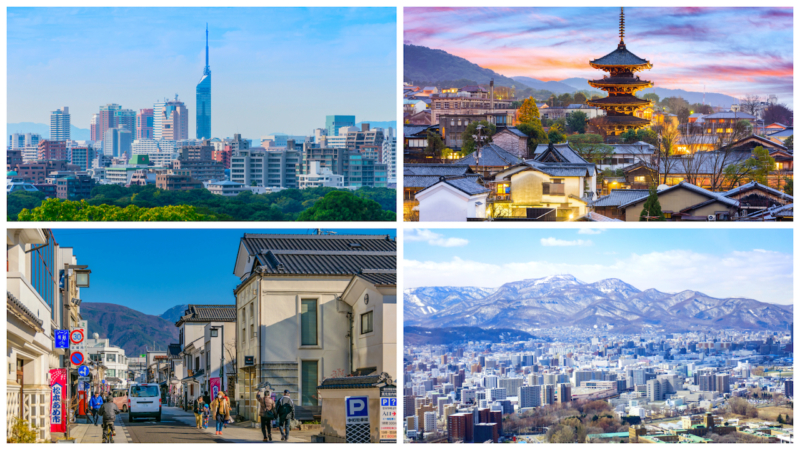Table of Contents
- An Urban Nation
- The Mori Institute
- Japan’s Overall Top Ten Cities to Live in
- Top in Individual Categories
- Which City Would You Want to Live in?
An Urban Nation

There are 126 million people living in Japan, making it the 11th most populous country in the entire world. Of these people, a full 67.3% live in densely-inhabited districts.
Within this urban society, a whopping 37 million people, or 32% of the entire urban population of Japan, live in the greater Tokyo area. This makes Tokyo not only the largest city in Japan, but also the largest metropolitan area in the world as well as the beating heart of Japanese commerce, industry, and culture.
That being said, it’s incredibly crowded. With a population density of over 15 thousand people per square kilometer, no matter what you do or where you go there will be people—and tons of them. Due to the crushing demand to live in the city, Tokyo also has Japan’s highest average cost of living, and it can take quite a bit of searching to find a place to live that is decently affordable.
The attention Tokyo gets as the center of Japan is deserved, but the focus on the single big city often blinds people to the alternatives. Although 32% of all urbanites in Japan live in Tokyo, that still leaves a hard majority, or 68% of the population, who don’t all cram into a single city. It’s about time those cities got some love as well.
This article will introduce the top 10 alternative cities to Tokyo, followed by the best cities for individual categories such as business, culture, families, and more—rated by the Mori Institute.
The Mori Institute

The Mori Institute, or the Mori Memorial Foundation, is a foundation dedicated to encouraging the creation of sustainable, ideal urban environments as many Japanese cities shift from a growth phase into maturity. The Institute created a comprehensive study of urban attractiveness across Japan, called Japan Power Cities, in which they used a variety of categories and subcategories to rank Japanese cities outside of Tokyo, in the hope of shining a spotlight on some lesser-known Tokyo alternatives.
Each of the 109 cities that were selected to be a part of the study was judged according to their attractiveness in the following categories:
- Business
- Research
- Institutions/education
- Culture
- Community life
- Environment
- Public transportation/outside access.
Comparing each city across these six categories, they then took the best performers and ranked them. We will look at the top 10 they have chosen, as well as the reasons for their selection.
Japan’s Overall Top Ten Cities to Live in
1. Kyoto – The Center of Traditional Culture

The old capital of Japan has done a lot to improve its attractiveness as the ideal city to live in. With an extremely high density of historical and cultural properties, Kyoto easily blows the competition away in terms of access to sightseeing, events, and all-around things to do. With its stunning amount of temples, shrines, and historical architecture, there’ll always be somewhere you haven’t explored yet.
That being said, the city is also fully modernized, with many state-of-the-art facilities, efficient public transit, and easy access to all other parts of the country. To a lesser extent, the business associated with the tourism industry along with a very strong focus on research institutions also boosted Kyoto’s score. With several of Japan’s leading research and education institutions, Kyoto is the place to be if you want to study. All in all, it comes out to be the most attractive place to consider outside of Tokyo.
Quick stats:
- Population*: 1,458,000 (greater metro area population: 2.8 million)
- Density: 1,700/km2
- Cost of living*: 4% lower than Tokyo
*Population data in this article is from municipal sources as of October, 2020, rounded to the nearest thousand. Cost of living data is roughly calculated using government data from 2018
2. Osaka – The Capital in the West
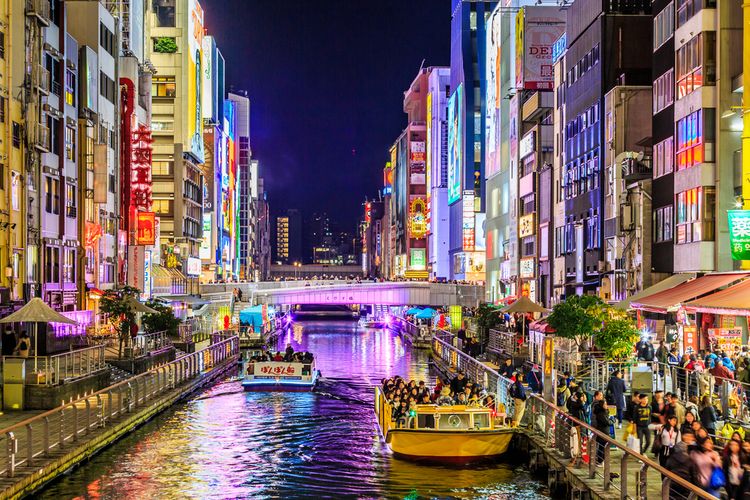
Coming in at number two is Osaka, the unofficial capital of Kansai. Living up to its image as Japan’s historical city of merchants, Osaka scores extremely high in business attractiveness. This means not only does it boast an extremely healthy economy, with almost every major Japanese company having a branch in the city, but also high employment numbers and a strong class of highly skilled workers.
Along with it being a commercial city, getting into and around Osaka is a breeze with readily available public transportation and an international airport. Also, as the cultural center of modern Kansai, Osaka also got strong marks for its culture. This is best illustrated in its large culinary scene, described not only as the best in Japan but one of the best in the world.
Quick stats:
- Population: 2,751,000 (greater metro area population: 12.1 million)
- Density: 12,200/km2
- Cost of living: 5% lower than Tokyo
3. Fukuoka – Japan’s Youthful City
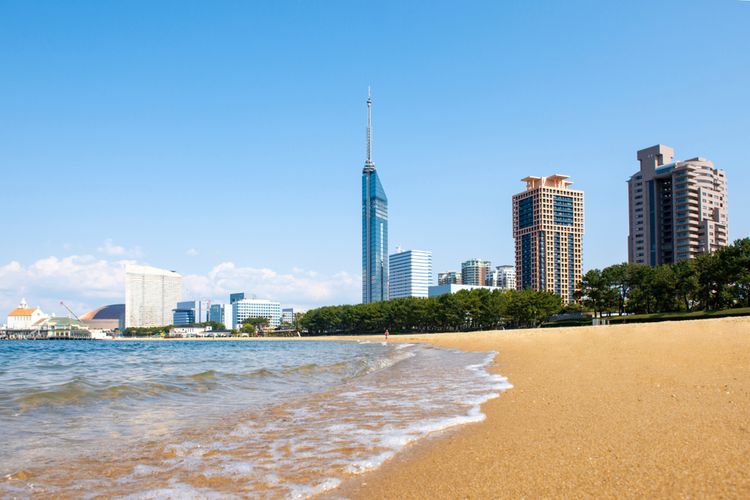
Fukuoka, the largest city in Kyushu and the 6th largest in Japan overall, is both a growing destination and a very balanced one, scoring highly in all categories of the study. Its strong and growing business sector places a large emphasis on start-ups, containing Japan’s only “start-up zone.” Professionals, established or nascent, will find plenty of opportunities for career growth in Fukuoka. Along with this comes tax incentives and free consultations for those who want to start a business. In turn, Fukuoka has Japan’s highest rate of business creation. Fukuoka also boasts easy access within the city and without as well, plus some notable research institutions.
Quick stats:
- Population: 1,603,000 (greater metro area population: 2.5 million)
- Density: 4,600/km2
- Cost of living: 8% lower than Tokyo
4. Yokohama – The Classy City

Far from inseparable from nearby Tokyo, Yokohama, as Japan’s second-largest city, has many things that set it apart from the capital. Working to establish itself as a hub for people visiting Japan, Yokohama boasts a strong array of cultural institutions, a variety of events that take place over the year, and a strong social media presence. Along with this, its ties to the Tokyo metropolitan area make access to the city second to none in Japan. As with most of the top major urban areas in Japan, Yokohama also has strong educational facilities with four public universities and 21 private universities based in the city.
Quick stats:
- Population: 3,756,000
- Density: 8,500/km2
- Cost of living: comparable to Tokyo
5. Nagoya – The Crossroads of Japan
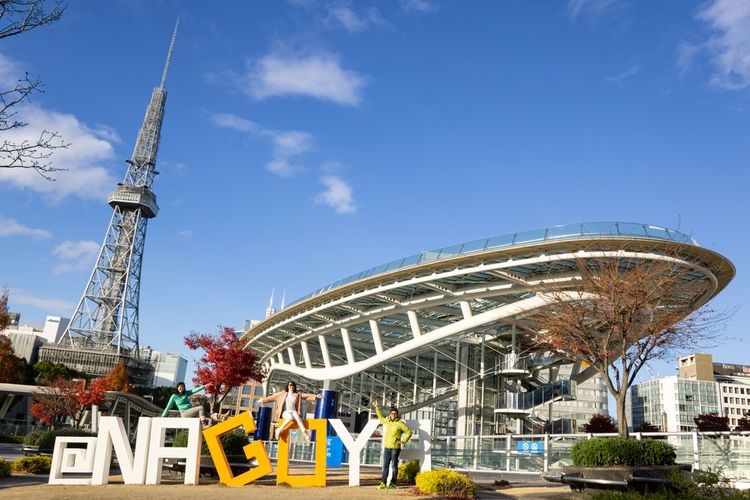
Located centrally within Japan, Nagoya acts as a transportation hub between the Kansai area (Osaka, Kyoto, Kobe) and the Kanto area (Tokyo, Yokohama). Using rail, plane, or ship, one can easily access either metropolitan area with ease. This promotes a strong business and educational environment, making Nagoya primarily a commercial and educational city. If you want to study, or are looking to settle down with an established company, Nagoya’s economy makes it an attractive place to do so.
Quick stats:
- Population: 2,328,000 (greater metro area population: 10.2 million)
- Density: 7,100/km2
- Cost of living: 6% lower than Tokyo
6. Kobe – The Historical Port City

An all-around balanced city, Kobe offers a strong economy, a large cultural presence, easy access to Osaka and the Kansai area, many tourist spots, and a very active residential community with a high amount of green space for an urban area in Japan. Economically, Kobe has created the infrastructure to host numerous conferences and exhibitions, and its historic port has long made it one of the major entryways to the country for trade.
Culturally, Kobe is well known for its high-quality brand of beef and an active fashion scene. Also, due to the historic presence of American and Europeans who settled in Kobe after the opening of its port to the outside world in 1868, the city also hosts some exotic architecture by Japanese standards, with many foreign-looking homes and aesthetics throughout the city.
Quick stats:
- Population: 1,517,000 (greater metro area population: 2.4 million)
- Density: 2,700/km2
- Cost of living: 3% lower than Tokyo
7. Sendai – The City of Trees

Known locally as the “City of Trees,” Sendai is the second-largest city north of Tokyo and the largest in the Tohoku region. Sendai is best known for being a livable city, with a large focus on citizen welfare, amenities, and safety. Sendai is also famous for its greenery, with many tree-lined streets and parks within the urban area. A number of cultural festivals, such as the largest Tanabata festival in Japan along with winter illuminations, take advantage of the excess of trees. In terms of study, there are a bounty of research institutions and a large population of young students within the city, so it’s the perfect place to complete a degree.
Quick stats:
- Population: 1,092,000 (greater metro area population:1.6 million)
- Density: 1,400/km²
- Cost of living: 7% lower than Tokyo
8. Kanazawa – A Classic Japanese Castle Town

The capital of Ishikawa Prefecture and one of the smallest cities on the list, Kanazawa shines as a castle town with a rich cultural heritage and high levels of livability for its citizenry. The city contains multitudes of traditional buildings, including the partially restored Kanazawa castle and its adjacent garden at the city center. This is because Kanazawa was one of the few cities in Japan to be largely spared destruction during the Second World War, leading it to be one of the best locations to see historical buildings from the Edo and earlier periods. The abundance of heritage architecture brings in many tourists each year, but the city goes above and beyond being merely a tourist destination, with high marks for living environment and safety, making it a comfortable place to live.
Quick stats:
- Population: 462,000
- Density: 990/km²
- Cost of living: 4% lower than Tokyo
9. Sapporo – Japan’s Northern Metropolis

The center of Hokkaido culture and business activity, Sapporo exists as Japan’s northernmost major urban center. It is renowned for its cultural strength, famously hosting several yearly events such as the Hokkaido Snow Festival. This even pulls in millions of tourists each year, foreign and domestic. Sapporo also excels economically with strong research institutions helping to drive economic growth. Move to Sapporo if you enjoy four seasons of activity, as the summers are mild and cool compared to the rest of Japan while the winters bring snowfall for sports such as skiing and snowboarding.
Quick stats:
- Population: 1,973,000
- Density: 1,700/km²
- Cost of living: 5% lower than Tokyo
10. Matsumoto – A Town Surrounded by Nature
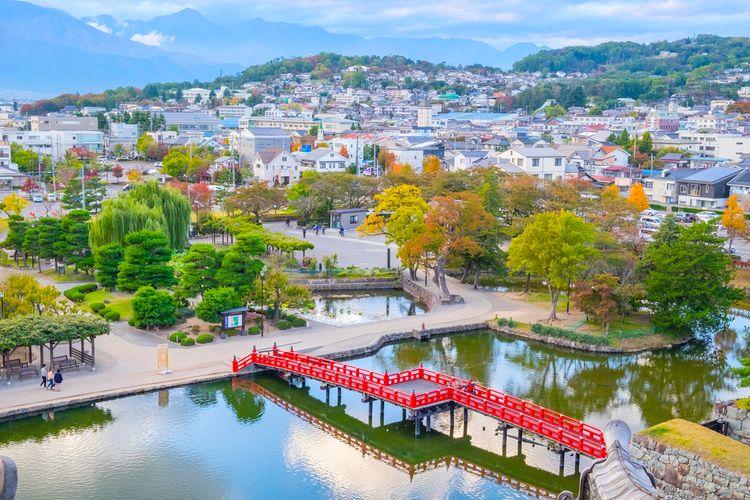
The smallest city on this list, Matsumoto, like Kanazawa, is a castle town. Nestled among the Japanese Alps in Nagano Prefecture, Matsumoto is ranked highly for its environment. It is rated as one of the cleanest cities in Japan, with easy access to parks and mountains that surround the city. This in turn is further boosted by high marks for livability, with plentiful and cheap housing backed up by a strong health and medical sector. Combined with its cultural heritage, Matsumoto brings the best of city life together with a natural environment comparable to living in the countryside.
Quick stats:
- Population: 240,000
- Density: 240/km²
- Cost of living: data unavailable
Top in Individual Categories
Going through each of the categories rated, we can also see which city topped each one and the reason why it did so.
Top in Business

Osaka
Scoring points ahead of the next best city, Fukuoka, Osaka is the crown of economics and business outside of Tokyo. With a reputation as Japan’s second city and commercial center, Osaka boasts a multitude of large corporations, multinationals, and financial institutions. If you’re interested in a company career outside of Tokyo, it’s hard to look past Osaka.
Top in Research/Study

Kyoto
Kyoto is well known for the quantity and quality of its educational institutions. With 40 located within the city, there is no doubt that it is one of Japan’s educational centers. Several of the Universities, including Kyoto University and the Kyoto Institute of Technology are considered some of the best schools in Japan. There are foreign universities also based in the city, most notably Stanford, which has several academic programs hosted by Kyoto universities.
Top in Culture

Kyoto
Topping the list again, and quickly trailed by fellow Kansai city Osaka, there is little doubt Kyoto sits as one of Japan’s cultural capitals. As Japan’s longest-standing historical capital, the city is host to 1,600 Buddhist temples, 400 Shinto shrines, and all their associated gardens and buildings. Kyoto also happens to be one of the best-preserved cities in Japan, and the city’s historic cultural influence on the rest of Japan is undeniable. If you enjoy Japanese culture, you cannot pass up on a visit to Kyoto.
Top in Community Life
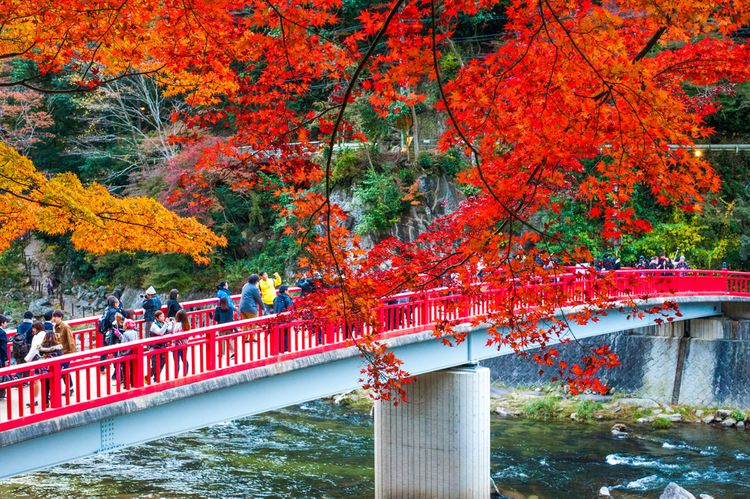
Toyota
This was a much closer contest, with Toyota in Aichi prefecture barely edging out Sendai and Kumamoto. Most famously known as the headquarters of the Toyota corporation, the city claimed the top spot in the community life category thanks to its strong support and welfare programs helping meet the needs of families raising kids, as well as the high overall health of its citizenry and the low number of senior citizens needing nursing home care. Although it didn’t break the top ten, Toyota was ranked 13th overall for its strong scores in the business and community life categories.
Top in Environment
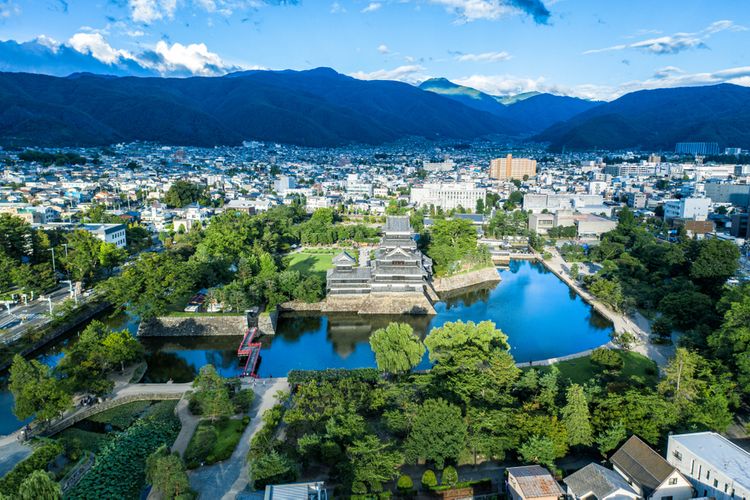
Matsumoto
Edging out Yamaguchi, Matsumoto takes the crown for the city with the best environment for living. Surrounded by mountains and natural parks, the city boasts extraordinarily clean air and easy access to nature.
Top in Access

Osaka
Competing with Nagoya and Fukuoka for the top spot, Osaka edged out the other two for freedom of access. At the crossroads of Japan, Osaka hosts not only an array of public transportation services that are second only to Tokyo but also two airports and a ferry service with international destinations. Getting into, and around, Osaka is a breeze.
Top for Singles
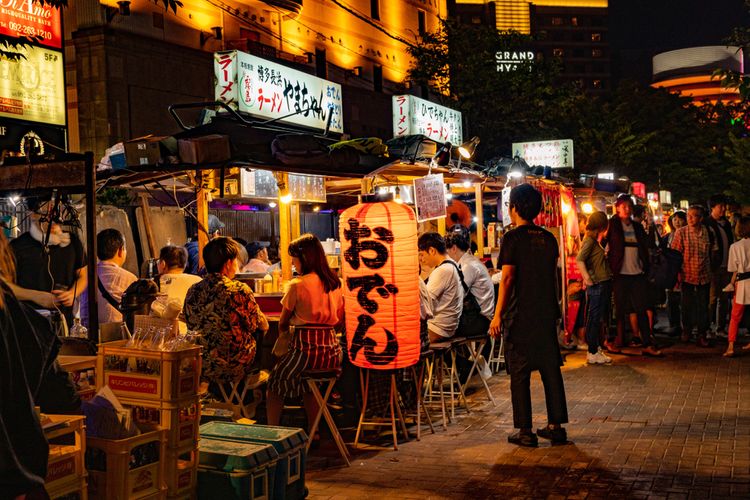
Fukuoka
Fukuoka tops the list for the best city to live in if you’re single but was only barely ahead of Nagoya and Kumamoto. As Japan’s fastest-growing city, it hosts the youngest average population of any major metropolitan area in the country. In tandem with this is an increasingly dynamic economy bolstered by a strong international presence, with many foreigners working and living in the city.
Top for Families
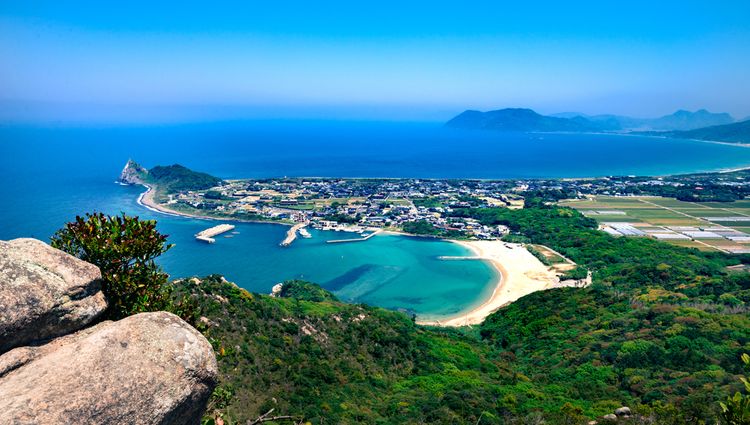
Fukuoka
Fukuoka also tops the list as one of the best cities to live in if you have a family, in this case beating Sendai and Matsumoto for the top spot. For similar reasons to the single living category, Fukuoka’s fast-growing young population, dynamic economy, and growing culture all make it a great place to raise a family.
Top for Tourists
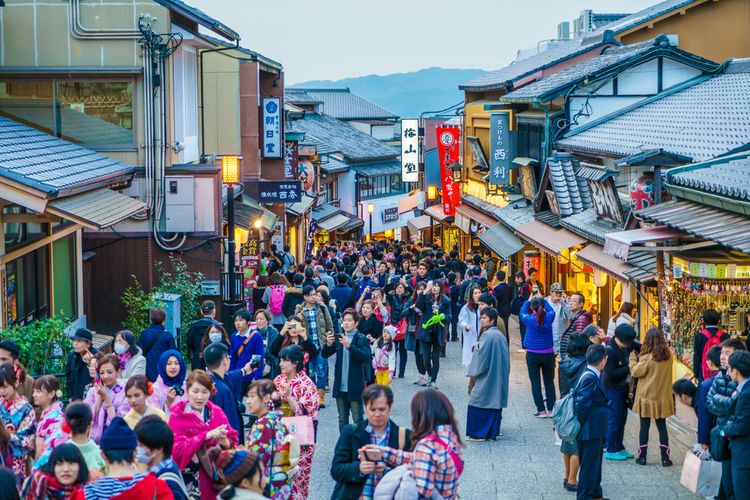
Kyoto
There wasn’t much competition for this category, with Osaka and Yokohama trailing by quite a bit. Kyoto is by all means the cultural capital of Japan, with not only over a thousand temples and five hundred shrines, but numerous world heritage sites and other prominent, historical landmarks. If you’re touring Japan, foreign or domestic, Kyoto is a must-visit location.
Which City Would You Want to Live in?
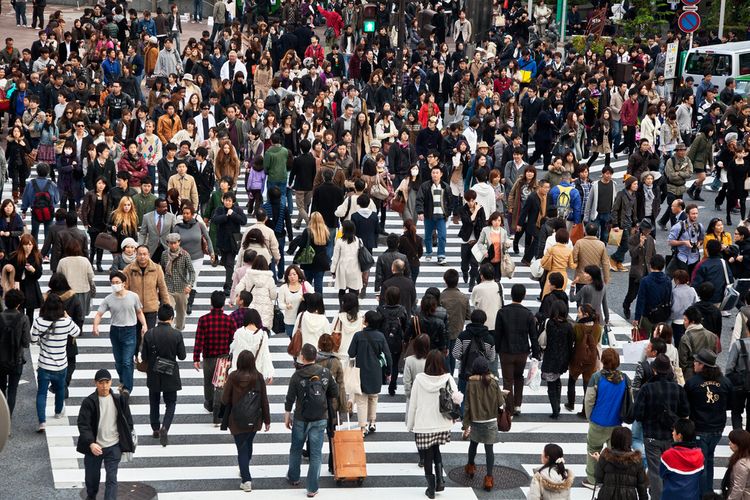
There are so many places to live in Japan besides Tokyo, so there’s no reason you should feel the need to restrict yourself to a single city. Depending on the kind of lifestyle you are looking to lead, one of the cities on this list just might be the perfect Japanese city for you. Get out there, and look at your options. Many great cities await!
If you want to give feedback on any of our articles, you have an idea that you’d really like to see come to life, or you just have a question on Japan, hit us up on our Facebook!
The information in this article is accurate at the time of publication.
